A six helicopter Air Task Force from the Royal Canadian Air Force will be deployed to support the UN Multidimensional Integrated Stabilisation Mission in Mali (MINUSMA) for the next twelve months.
The deployment will consist of two CH-147F Chinook helicopters (Canadian derivative of the CH-47F) for transport and logistics operations as well as four CH-146 Griffon helicopters (Canadian derivative of the Bell 412EP) for armed escort and protection. They will be accompanied by a full complement of aircrew and ground crew and will also include Canadian Army personnel who will facilitate medical evacuations and provide logistical support.
MINUSMA is currently the United Nation’s largest military operation and is considered the most dangerous, as of earlier this year some 150 peacekeepers had been killed though bombings or hit and run attacks by Islamist groups. The need for helicopters to help protect troops has been well identified and these Canadian aircraft will join three British Chinooks committed in January.
Announcing the deployment Canadian Defence Minister Harjit S. Sajjan said that;
“As a responsible member of the international community, we recognise the importance of working collaboratively with our partners to promote peace and security. Supported by our diplomatic negotiations, I am confident we can help make a real difference in this region through the deployment of the Air Task Force.”
Canada’s contribution joins commitments for 57 other MINUSMA partner countries working to bring sustainable peace and stability to Mali and the region. The deployment is Canada’s second since it announced its return to peace operations at the UN Peacekeeping conference hosted in Vancouver late last year.
Canada has committed to making a range of small pledges offering high value military capabilities to support partner nations on the ground. Its first pledge involved the deployment of a CC-130 Hercules aircraft to provide tactical airlift support for the UN’s Regional Support Centre in Uganda.
As part of the Vancouver Principles agreed to last year Canada will also be supporting the Elsie Initiative which is working to increase female participation in military and police deployments for UN operations.


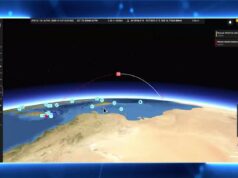
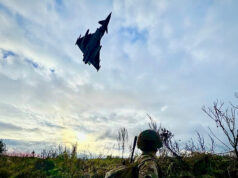
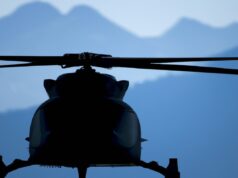
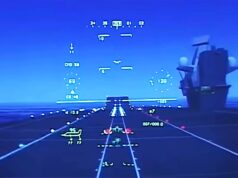
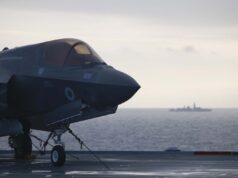

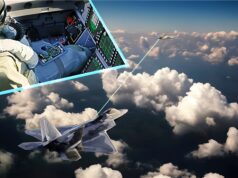
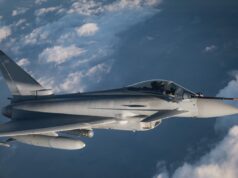
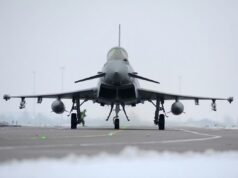
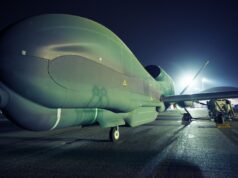

Mali is looking like a real NATO missions with France unable to defeat the Islamic insurgency supported by Isis and alqaeda fractions.
The French control large parts of the country but have not got the numbers deployed to take the action into the north west of the country.
It has shown a lack of key french equipment. Strategic airlift- reliant on RAF to deliver heavy supplies
Tactical air mobility and heavy lift, french helicopters are too light to carry enough troops to seize an area and hold the insurgents back, hence why Canadian Chinooks deploying.
Not sure what the answer is other than France needs to send enough forces to win the war otherwise they will have an enduring commitment to Mali with 4000-5000 armed forces personnel deployed forever. They probably only need to double or triple their forces in a sudden surge for 6 months to win unfortunately the mali border is currently porous and the insurgents just melt away into neighbouring countries when under pressure only to rematerialise when the pressure is taken off
Mali has really highlighted gross deficiencies in French defence.
No it has not. If anything it has once more confirmed the ultimate utility of well trained, equipped, and disciplined light infantry.
The lack of heavy lift and logistics has been a NATO/EU wide issue for decades. For example the “Coalition” warfare in Iraq and Afghanistan has had it’s utility debated by the War College in the US for the following reasons:
1. With the exception of the UK, coalition troops had to be transported to theater by the US. Taking up American assets for long periods.
2. With the exception of the UK, coalition forces often required supplies to be diverted from US units for everything from the chow, spare parts, to ammunition.
3. Often requiring additional diversion of transportation airlift due the supplies and parts not being in the US logistics chain.
4. This all while requiring politically sensitive rules of engagement to such a degree as to render them nearly useless.
With some fortune having to handle Mali will make EU countries invest more in logistics and rethink rules of engagement.
What Mali is demonstrating is the biggest mistake in anti-terrorism strategic planning. Until you go after the financiers in the Gulf, Iran and now Turkey. You will just chase the same jihadis from country to country. Going around like a dog chasing its tail.
The French had Mali under control in 2013. However the terrorists just went across the border and came back even stronger with both fighters and money who had been in Syria.
French have lead role, theybshouldnt be expected to do everything. Their troops are in there at risk and its fantastic that we are supporting them.
This is our agreement with france in action, diplomacy and politics determines lead nation, other nation provides support.
I wouldn’t be too hard on the french. All conflicts expose weaknesses in equipment and organisation. Also, If they had A400 deliveries sooner they wouldn’t have needed RAF C17s. Lack of a heavy lift helicopter must hamper them though.
The A400 does not do the same role as the C17. They will still need them even with their own A400s.
Thanks Ben, for curiosity’s sake, what has our C17s been shifting that an A400 couldn’t? Have been looking at articles and images and we’ve been shifting VABs, pallets, trucks and PAX. can’t find any reference to anything outsized that only a C17 can move.
I think the c17 delivered the intheatre helicopters France are using NH90s and lighter aircraft, maybe even a couple of tigers. They had to have their rota blades taken off for the flight then reassembled upon delivery. Also some armoured vehicles could not fit into French transport aircraft.
Otherwise it is just the quantity of supplies a C17 can bring in compared to other transport aircraft.